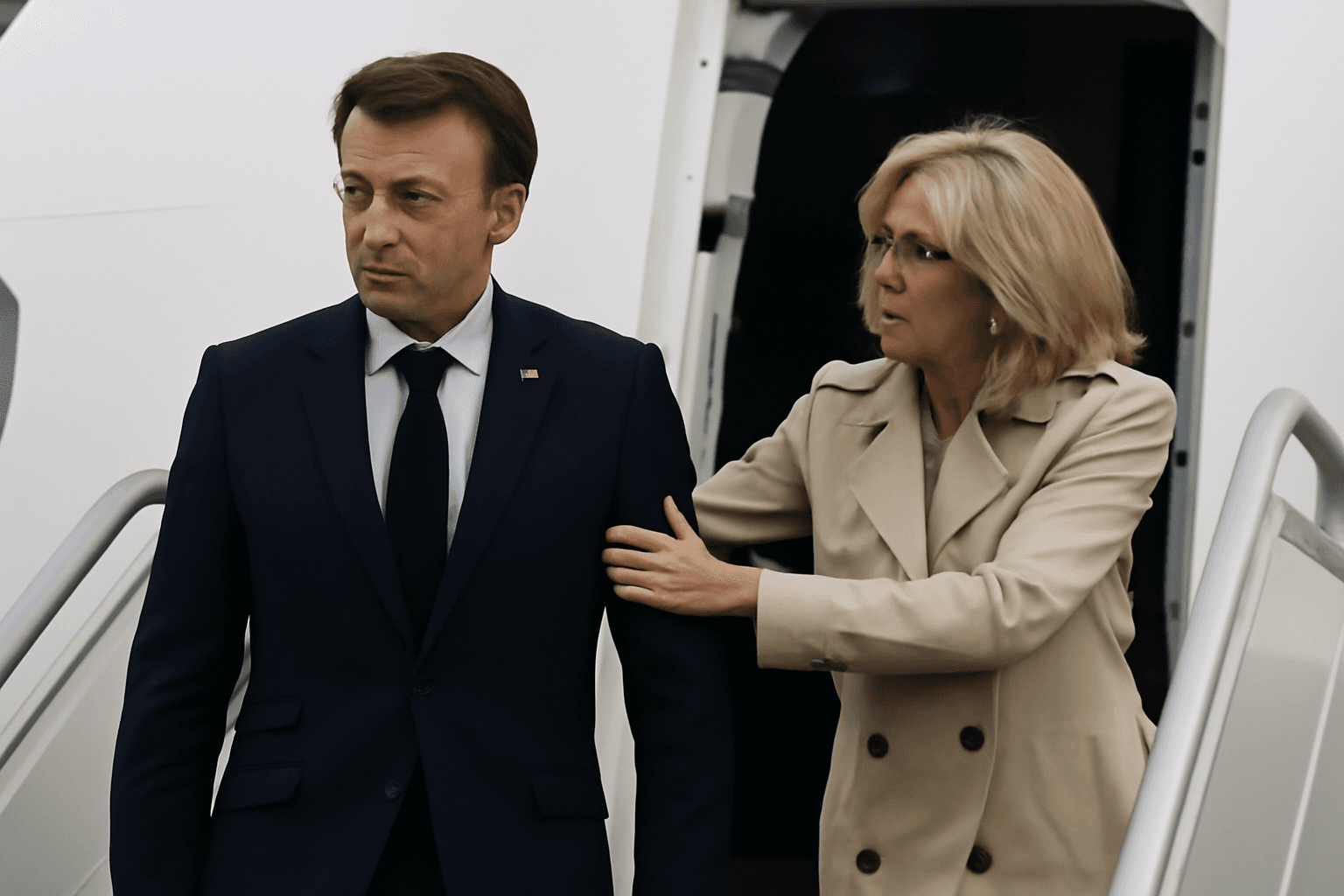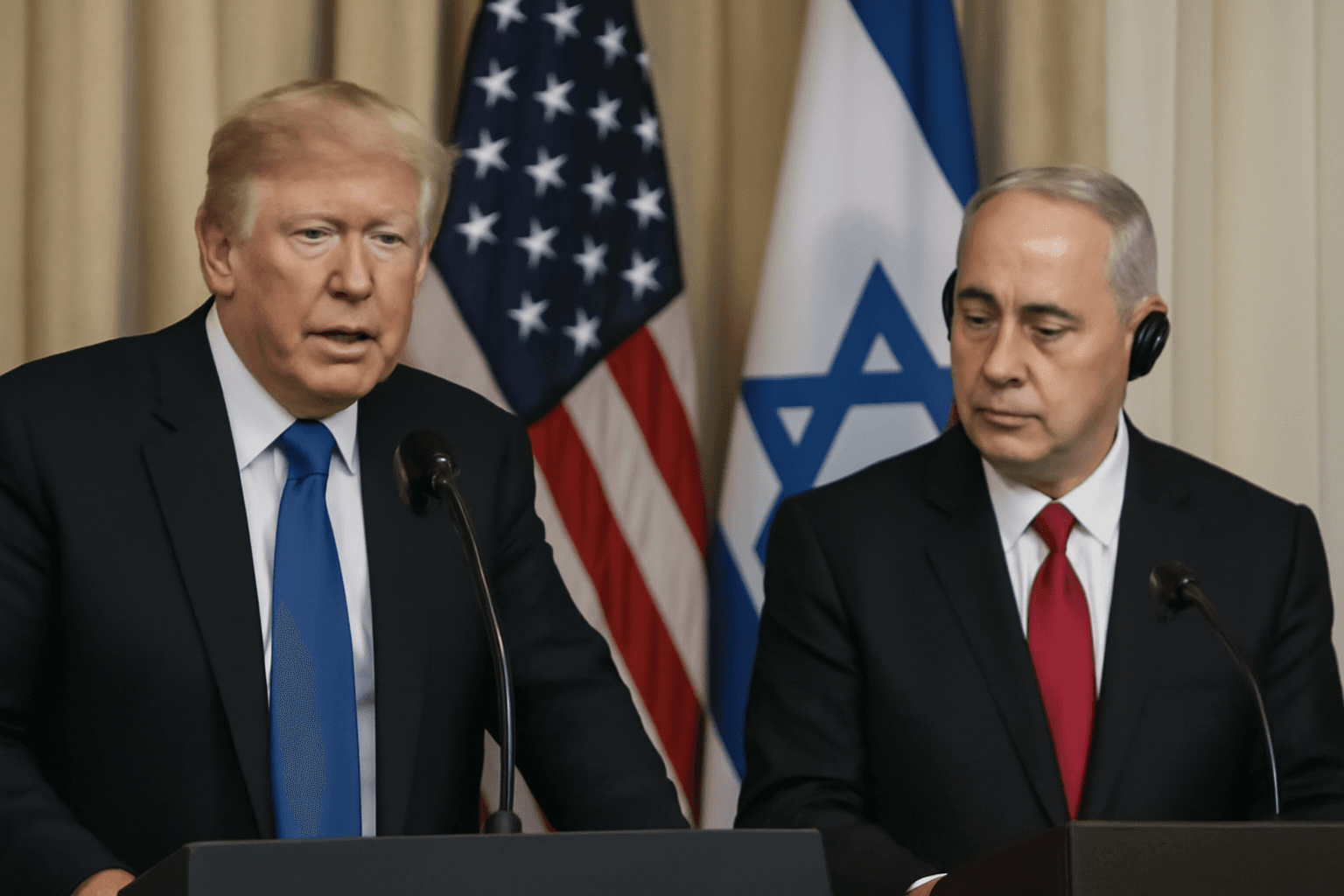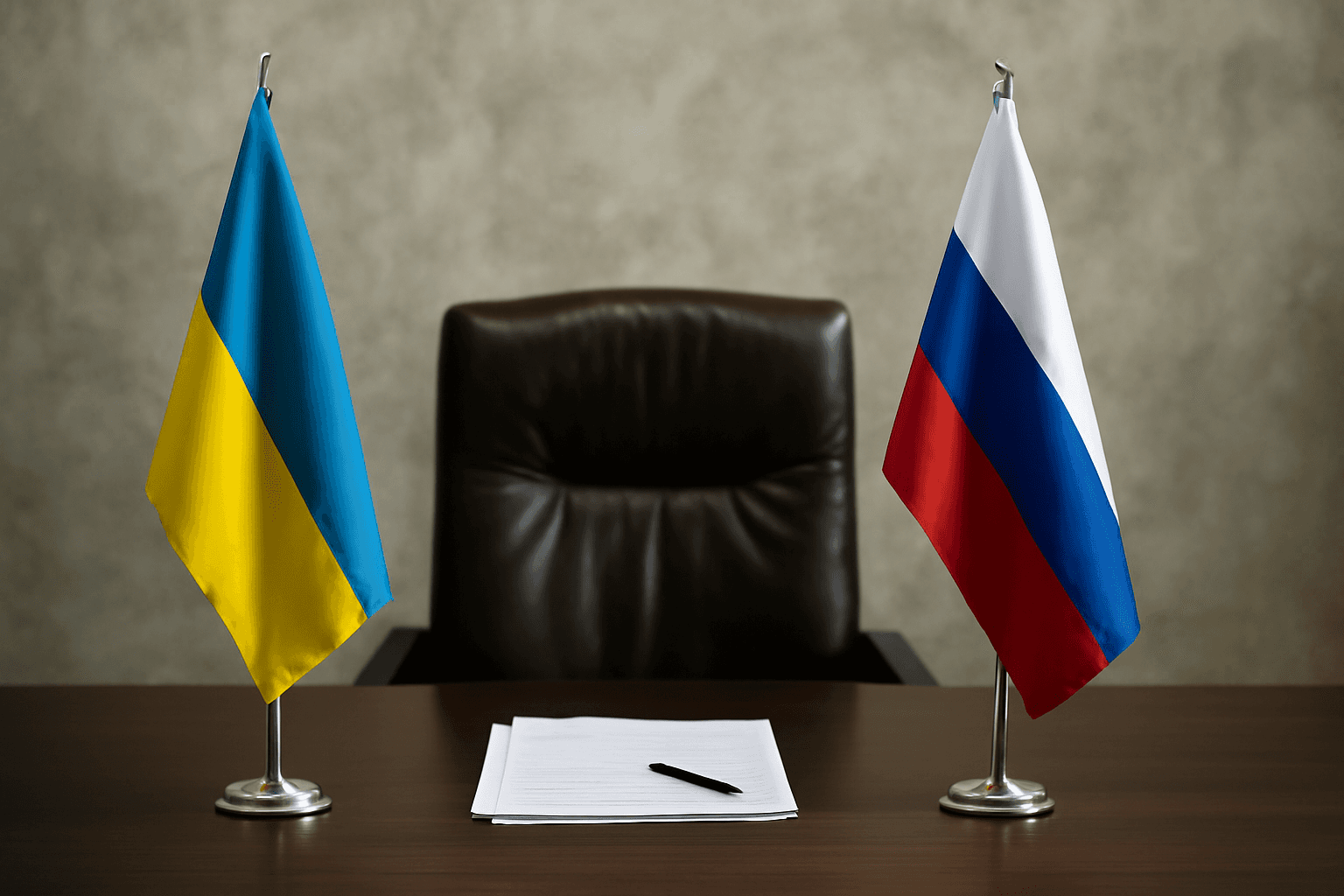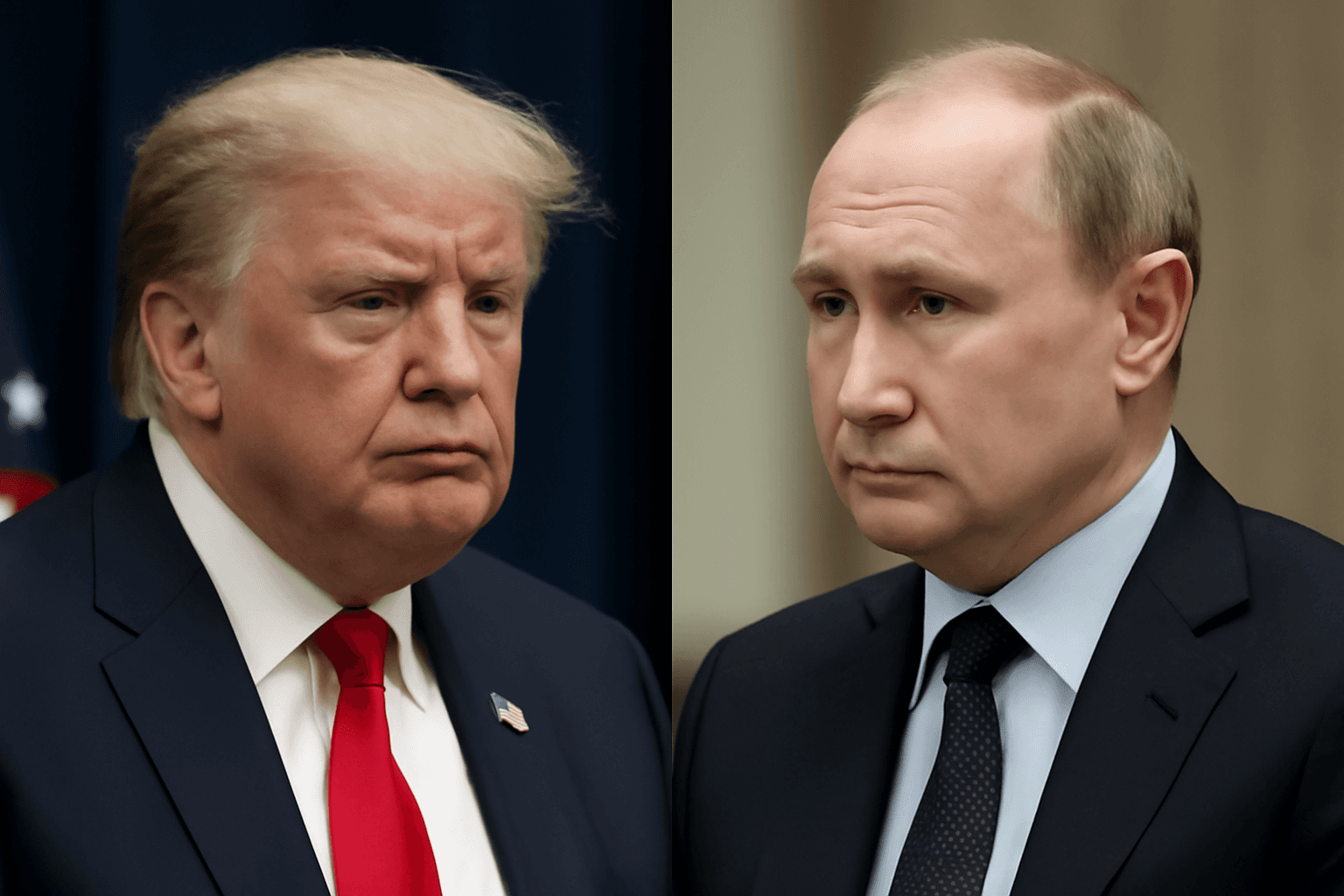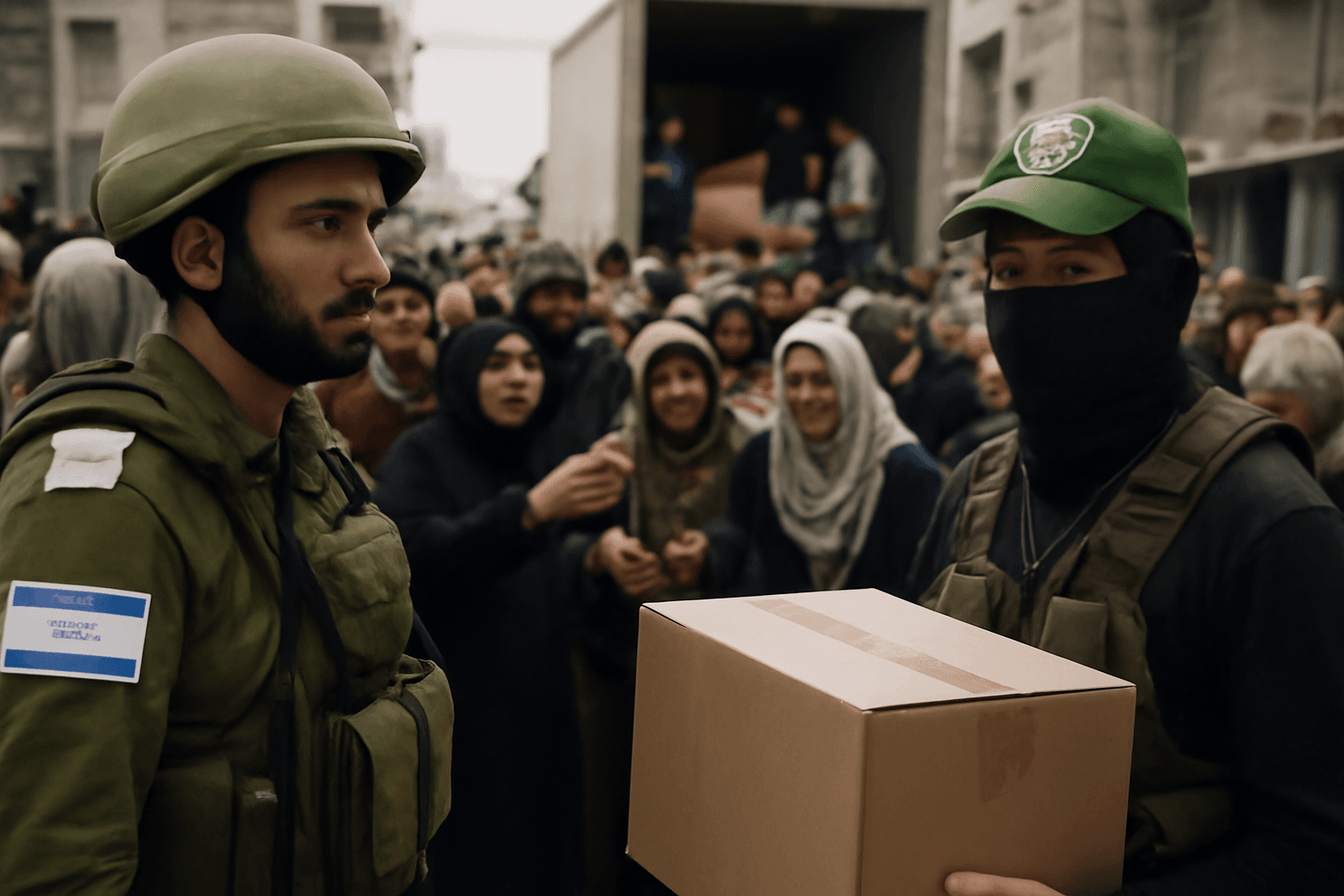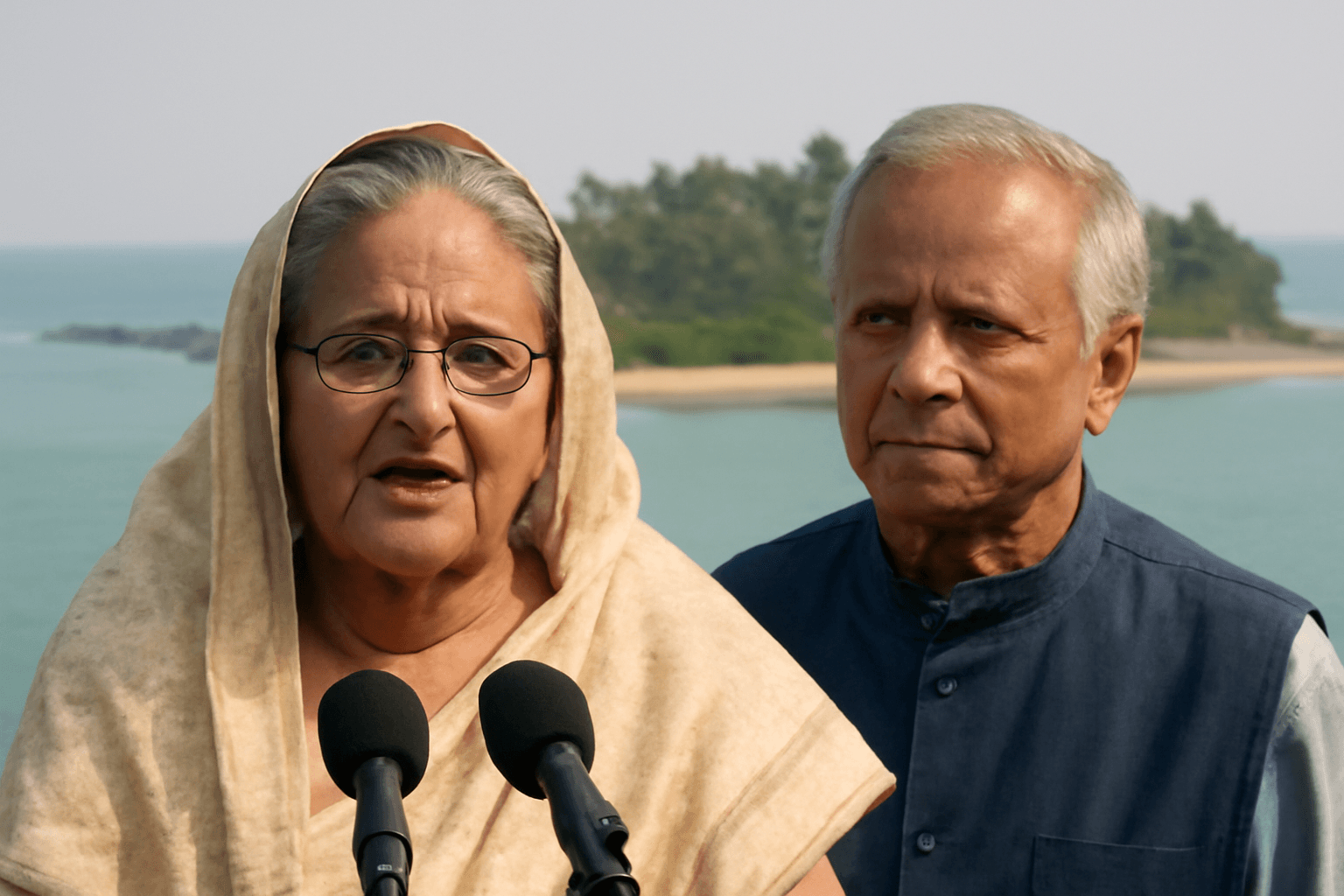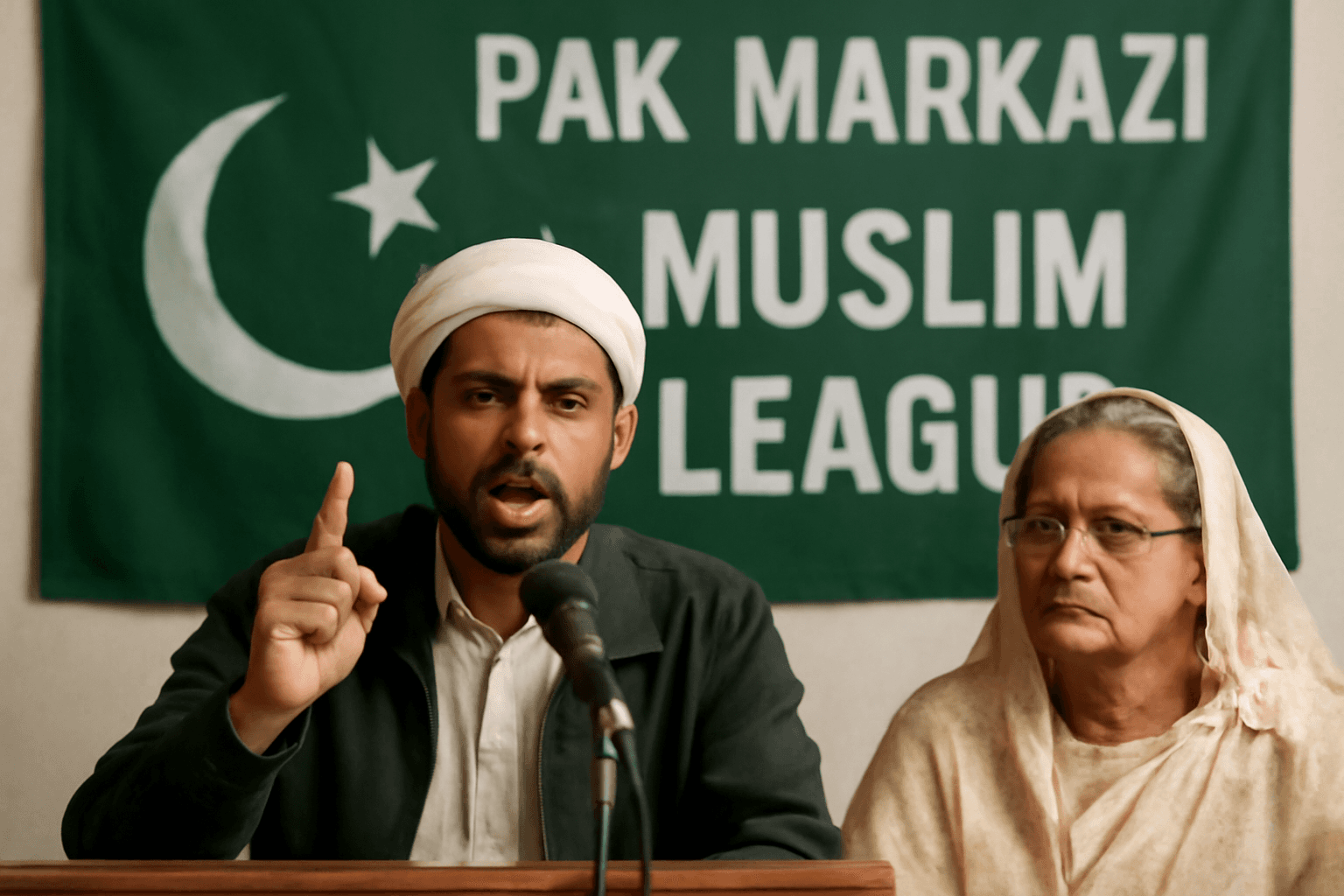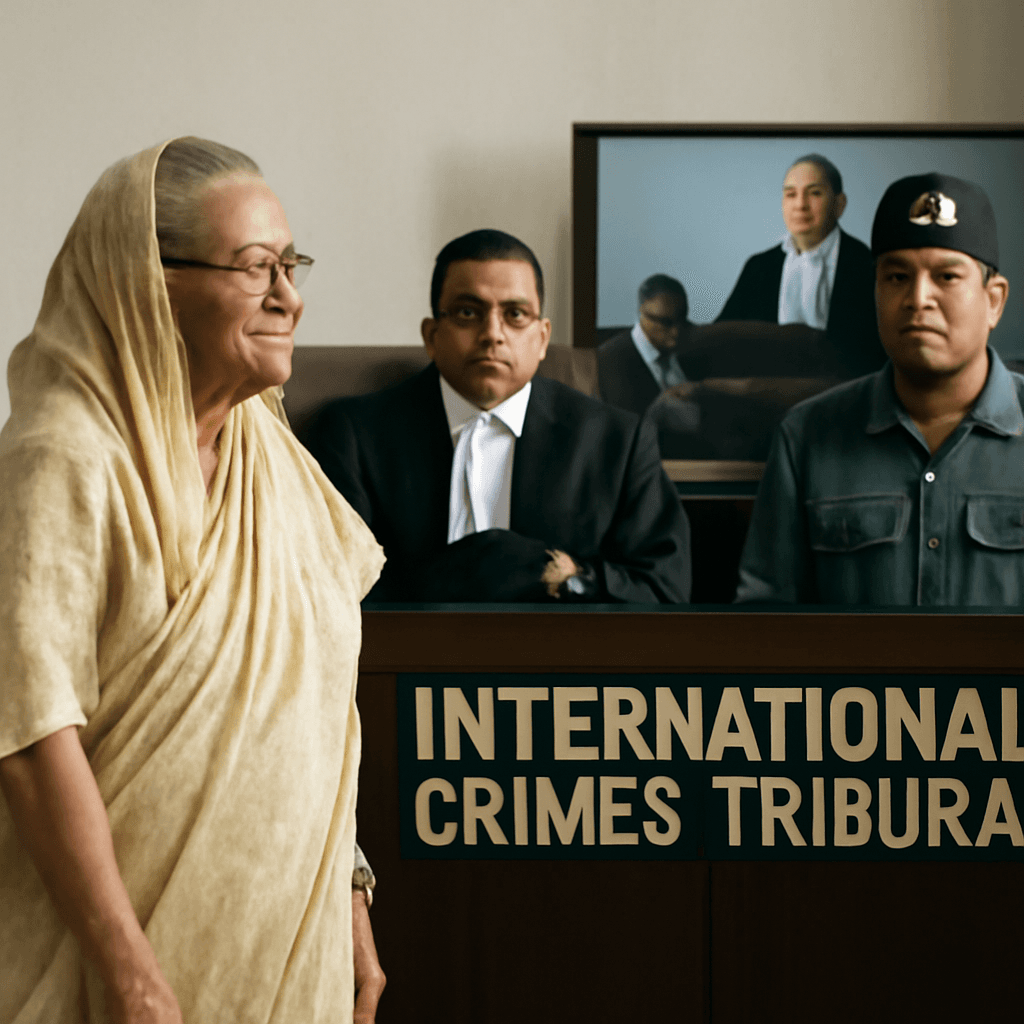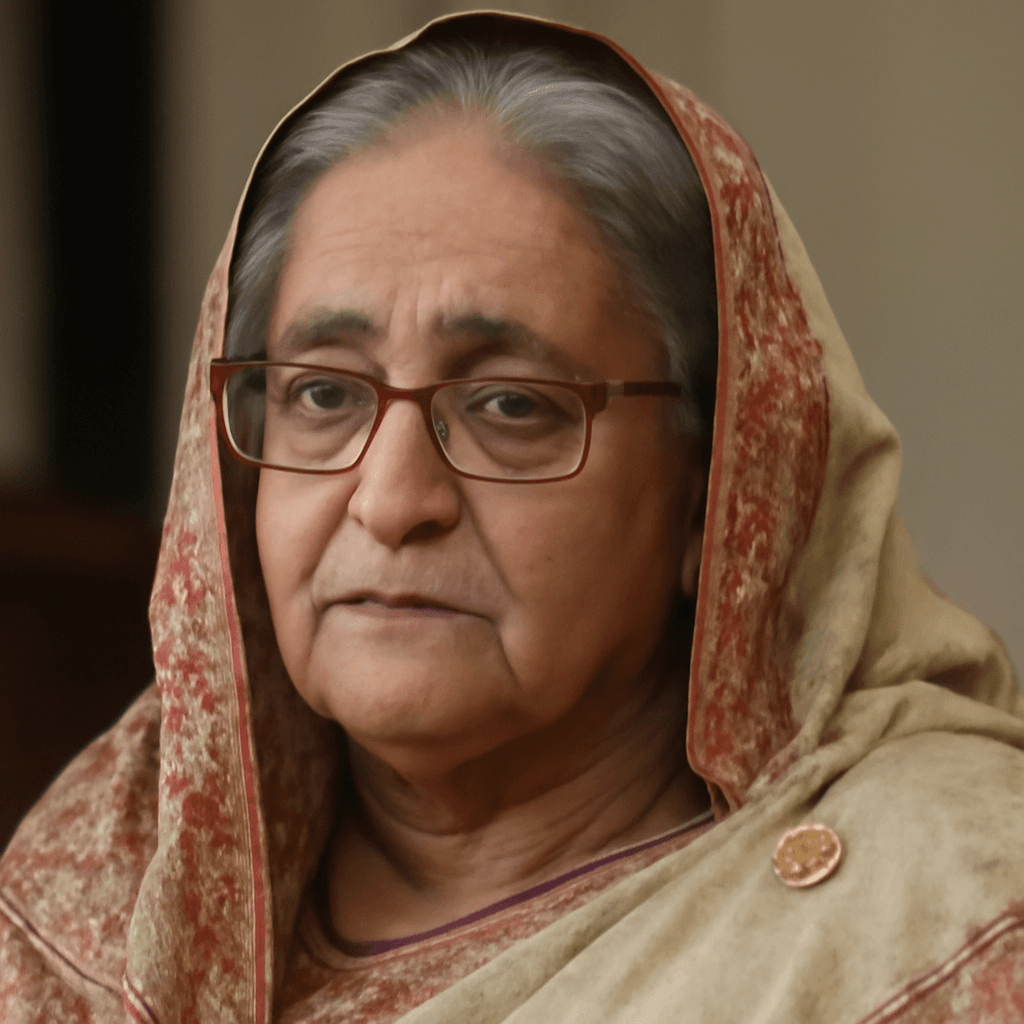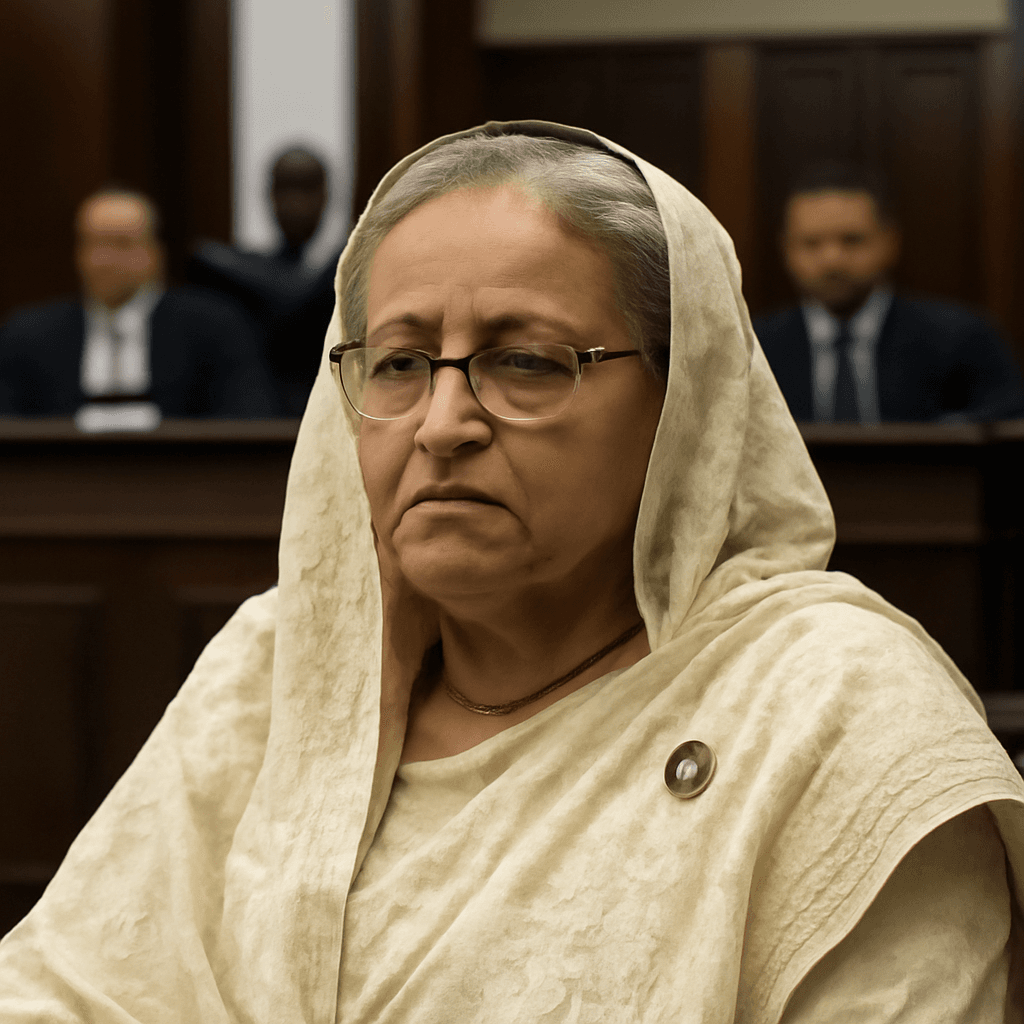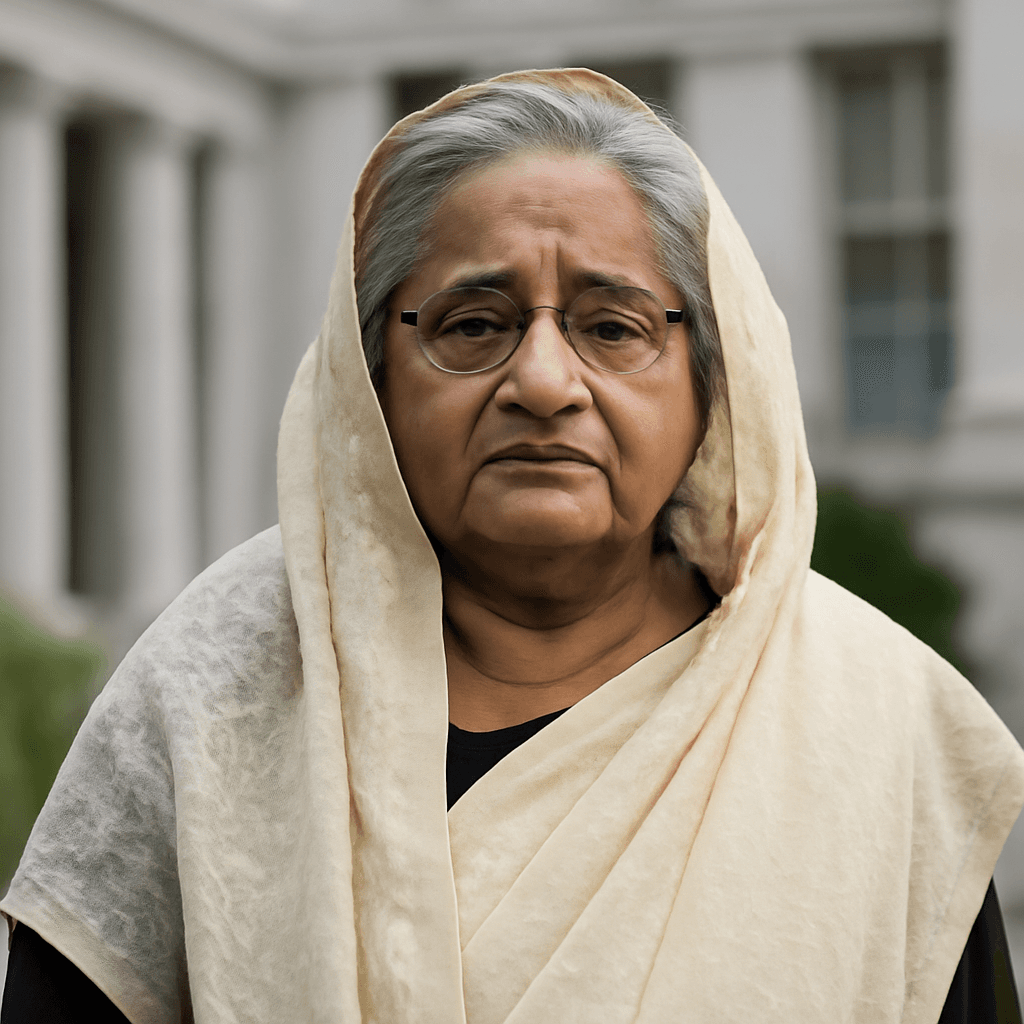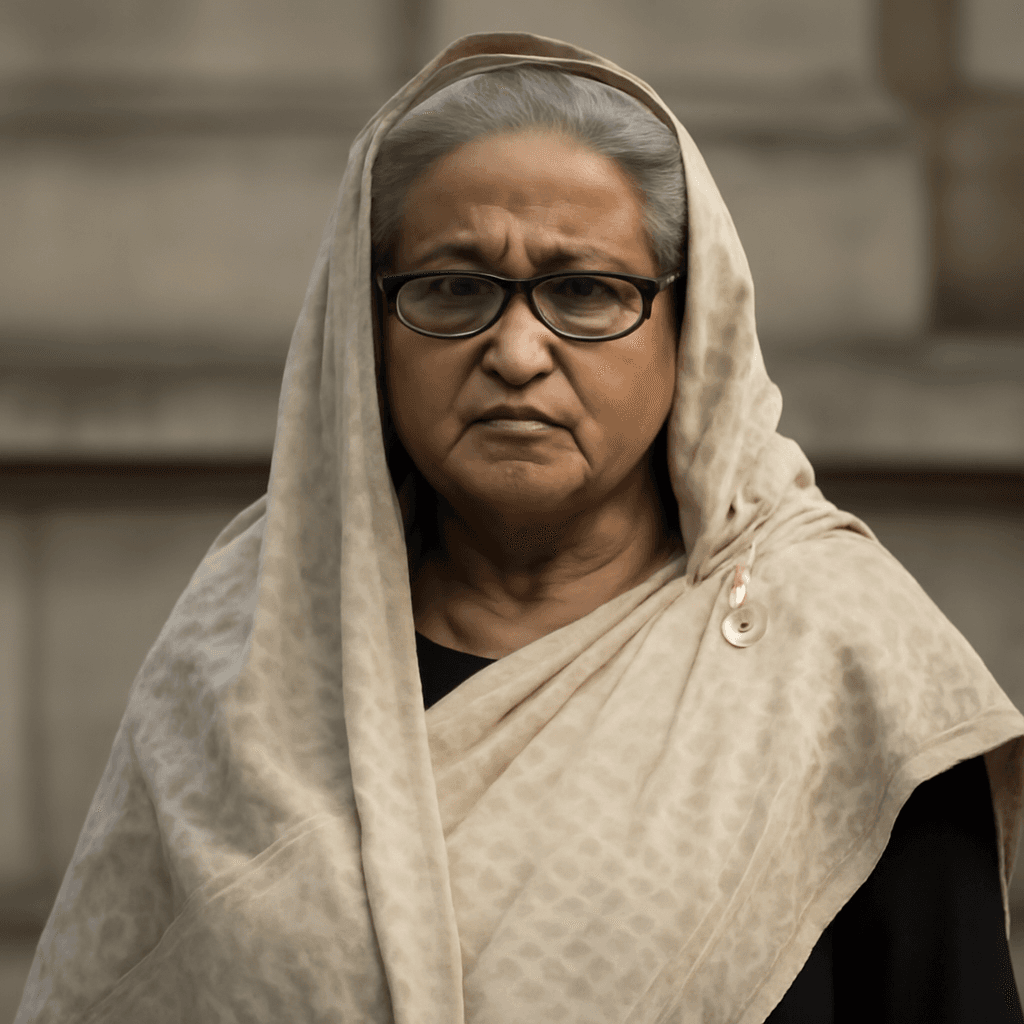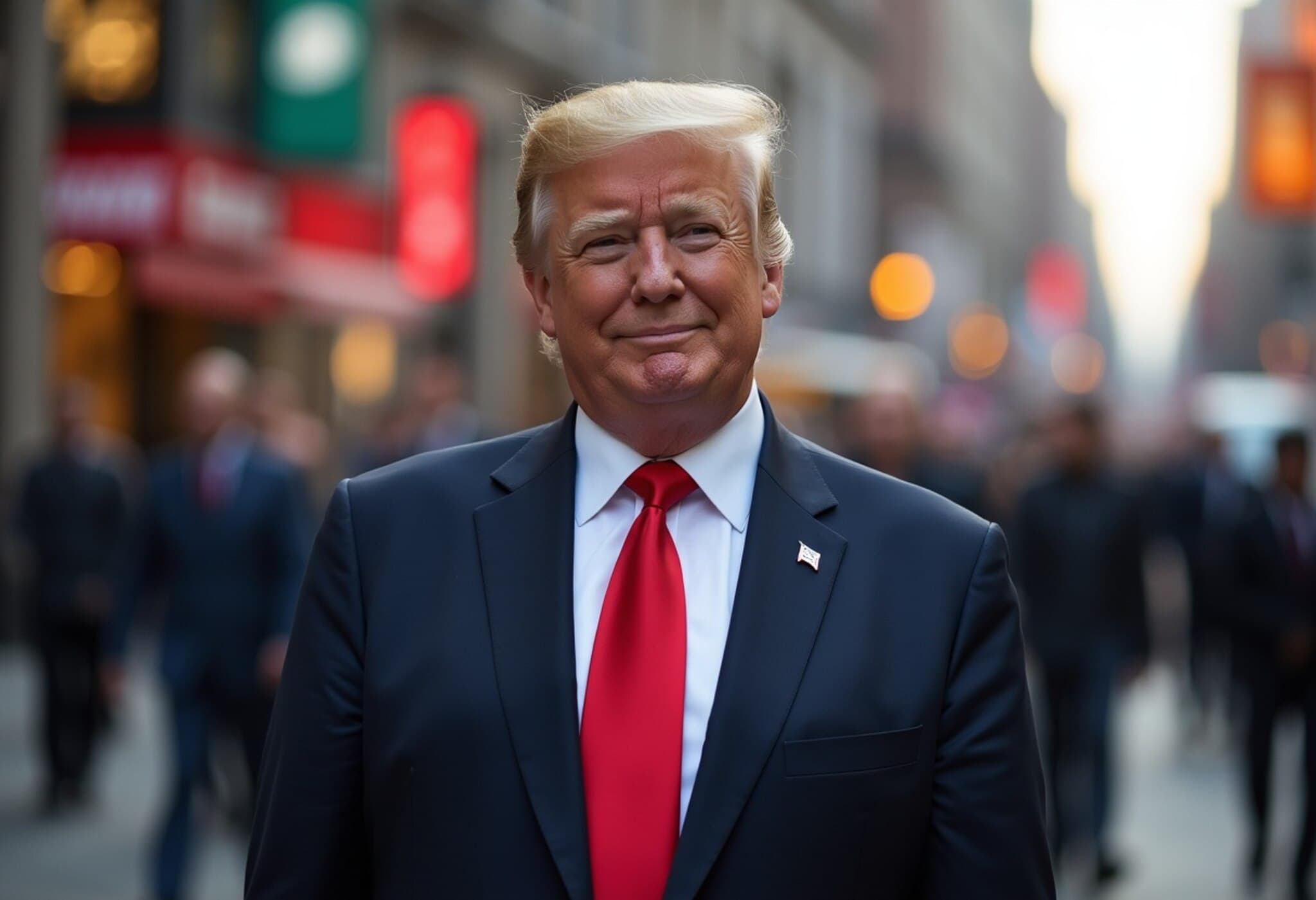Bangladesh’s Political Earthquake: The Dramatic August 5, 2025, Upheaval
On the early morning of August 5, 2025, Bangladesh woke up to a startling reality: its long-serving Prime Minister, Sheikh Hasina, had abruptly resigned and fled the country by helicopter. This seismic event not only stunned the nation but also highlighted the precarious balance of power between civilian authority, military forces, and street movements. The turbulent episode is now seen as a critical juncture in Bangladesh’s political landscape, carrying strong implications for its democratic institutions and governance stability.
Student Protests Ignite a Political Storm
The immediate catalyst for the crisis was a widespread student-led movement opposing the government’s reinstatement of a controversial quota system. What began as campus demonstrations rapidly escalated into mass protests that swept across cities, unsettling public life and challenging state authority.
Facing intensifying dissent and social unrest, Sheikh Hasina’s administration was reported to be on the brink of declaring a state of emergency to regain control. Internal deliberations within the ruling Awami League even formalized the decision. However, the pathway to formal emergency rule was abruptly blocked, and Hasina never got the chance to implement the measure—a decision that may have cost her the government itself.
Allegations of Internal Betrayal and External Powers
The political drama deepened with accusations of an internal conspiracy bolstered by so-called ‘external interference.’ Former State Minister Mahibul Hasan Choudhury singled out an institutional betrayal, alleging that the Army Chief deliberately ignored the prime minister’s orders during the crisis. This alleged mutiny from within Pakistan's security architecture intensified Hasina's isolation at the critical moment.
Adding to the intrigue, Hasina was reportedly barred from meeting the President late on August 4—the last move before her resignation. Some Awami League insiders described the episode as a “100 percent sabotage,” suggesting factions within the party and military deliberately undermined the prime minister’s capacity to respond.
The Conspiracy’s Human Toll and Tactical Deadlock
- No widespread violence or fatalities emerged from the protests, contrasting sharply with the political whiplash that followed.
- The planned government lockdown and formation of an all-party emergency administration were abruptly aborted.
- The military’s reluctance to enforce harsh crackdowns underscored significant fractures within Bangladesh’s security apparatus.
The Final Night: Tense Meetings at Ganabhaban
The night of August 4 was pivotal. According to Mohammad Tajul Islam, chief prosecutor of the International Crimes Tribunal, Ganabhaban—the prime minister’s official residence—became the backdrop for a combustible summit of government ministers, ruling party leaders, and military officials.
During heated exchanges, Major General (retired) Tarique Ahmed Siddique, then Hasina’s defence adviser, controversially urged her to step down. Hasina, however, was defiant, ordering the army chief to suppress the protests with force. Islam revealed chilling proposals floated in these meetings, including the possibility of opening fire on protestors and even deploying helicopters for attack runs.
The Air Force chief reportedly warned Hasina sharply that her adviser’s approach threatened to destroy her politically: “He has sunk you, and he will sink you again.”
Dawn Breaks: Military’s Ultimatum and Hasina’s Last Stand
By morning, Bangladesh’s security forces were strained: ammunition supplies were low, and control over the crowds was waning. At a crucial meeting, top military leaders renewed their call for Hasina’s resignation.
In a gesture underscoring her resolve, Hasina retorted, “Then shoot me and bury me here, in Ganabhaban.” Yet, reality weighed on her power; she was physically separated from decision-makers and warned of protestors converging on the capital’s nerve centers.
Emotionally charged scenes unfolded as Hasina’s sister, Sheikh Rehana, pleaded for her to step down. Despite the urgency, Hasina held firm—until intervention came from her son, Sajeeb Wazed Joy. His involvement, facilitating dialogue with the armed forces, ultimately persuaded Hasina to relinquish her post.
Shortly after, the prime minister departed by helicopter, marking an unprecedented exit from power amid widespread domestic upheaval.
Aftermath and Reflections One Year On
With the one-year anniversary of August 5 approaching and fresh elections imminent, the event remains deeply etched in Bangladesh’s collective memory. For supporters of Sheikh Hasina and the Awami League, this day symbolizes a poignant loss—an unprecedented collapse triggered not by brute force, but by a nuanced interplay of grassroots dissent, institutional fractures, and alleged covert sabotage.
This episode poses important questions about Bangladesh’s political resilience and the evolving role of its military in democratic governance. It also spotlights the fragile balance leaders must maintain between maintaining authority and respecting popular mandates amid social upheaval.
Expert Insight: The Broader Implications for Bangladesh’s Democracy
From a policy standpoint, Bangladesh’s August 5 crisis underscores the dangers when key state institutions fracture during periods of civil discontent. The military’s reluctance to follow civilian leadership’s orders raises alarms for democratic consolidation, especially in emerging democracies with histories of military influence.
Moreover, the protests and their political fallout reveal substantial youth engagement in Bangladesh’s future direction, highlighting an urgent need for inclusive governance reforms that address not only political power dynamics but also socio-economic grievances.
Editor’s Note: Navigating Fragile Democracy in Bangladesh
As Bangladesh stands at another electoral crossroads, the shadows of August 5, 2025, linger. This dramatic episode holds lessons about the urgent need for transparent dialogue among political factions, depoliticization of the military, and responsive leadership attuned to citizens’ voices—especially young activists whose aspirations often precipitate profound political change.
For observers, it remains crucial to watch how Bangladesh reconciles its democratic ambitions with the legacy of this crisis and whether future governance can prevent similar upheavals. In a region often marked by political volatility, Bangladesh’s journey will be a telling barometer of South Asia’s democratic evolution.


